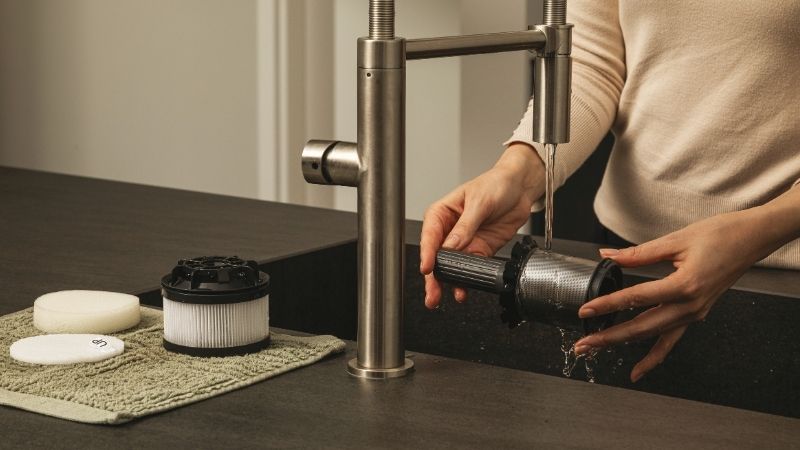If you’ve got a tumble dryer in your home, you’ll know how much of an impact they can make in your day-to-day chores around the house.
With state-of-the-art heat pump tumble dryers like the ones you’ll find in the Hoover range, you can get access to freshly dried laundry more quickly than ever before, ensuring everyone in your household is set to go everyday, whether it’s to work or to school.
But often a question that comes up is around cost. Not the cost of buying a tumble dryer itself, but more around how much money it is to run a tumble dryer every cycle.
Naturally with all of the different models of dryer available on the market, with the different features and energy ratings they have, it can be hard to put an average cost per cycle. But with this blog, we’ll show you what the national average would be and what that might mean for you.
What different types of tumble dryer cost to run
There are a variety of different tumble dryers you can get on the market. Vented tumble dryers are dryers that expel the moisture through a vent out of an external wall. Condenser tumble dryers deposit the moisture into a reservoir which needs to be emptied each cycle. Heat pump tumble dryers, like the model we sell at Hoover, use innovative technology to extract moisture while pumping the same hot air around the appliance.
In order to explore what the rate to run a tumble dryer was we turned to Ideal Home, whose excellent article shows us how much a tumble dryer cycle costs on average to run each time.
They used the energy cap prices that were introduced by Ofgem to better manage the cost-of-living crisis – and as of October 2023 they tell us, the average price per kWh of electricity was 27p.
Using that as a basis, they gave us the following rates:
Vented tumble dryer
Your average vented dryer will use about 5.34 kWh for a full load cycle. What that gives us is an average cost of £1.44 every cycle it runs.
Condenser tumble dryer
Your average condenser dryer will use 5.2kWh for a full load cycle, giving an average cost of £1.40 to run – making it slightly cheaper than the vented tumble dryer option.
Heat pump tumble dryer
Your average heat pump tumble dryer will use just 2.16 kWh for a full load cycle, with an average cost of just 59p to run – making it far cheaper, almost half as expensive, than all other options.
Why it matters
There are two reasons why it matters to look at how much each cycle costs to run.
The first is the obvious point around expenses. If you have a larger family, the cost of running a tumble dryer twice or more a week can quickly add up, creating a more expensive lifestyle for your appliance. Switching your dryer to a heat pump dryer can save you a lot of money, without compromising the quality of the drying process.
The second point is around sustainability. Dryers can take up a lot of energy to run, especially compared to hanging your clothes out on the line. That energy contributes to the carbon footprint of your household and wider global warming. What this means is that by choosing a heat pump dryer over your other options, you’re not only saving money but also doing your part to save the environment too.
Hoover’s H-Dry 500 tumble dryer.
At Hoover, we created the H-Dry 500 tumble dryer, an efficient heat pump dryer that has everything you need to consistently provide your family and your home with fresh, dry clothes whenever they need them.
With a capacity of 11kg, and two colour options – white and graphite – you’ve got the perfect appliance to fit right into your home, with an array of features to make drying your clothes easier than ever before.
Our heat pump system recycles hot air throughout the drum of the appliance, making energy savings of around 40% for your home and the environment – that combines with an A++ rated energy consumption rating that can save you over £5000 across the product’s lifetime.
Then you’ve got smoother waste water removal with aquavisions, anti-allergy capacity that eradicates anything that might set off allergies and a silent drum system that keeps the dryer quiet while it’s running.
Want to find out more about the H-DRY 500 and discover your different options? Find out more on the product page.



